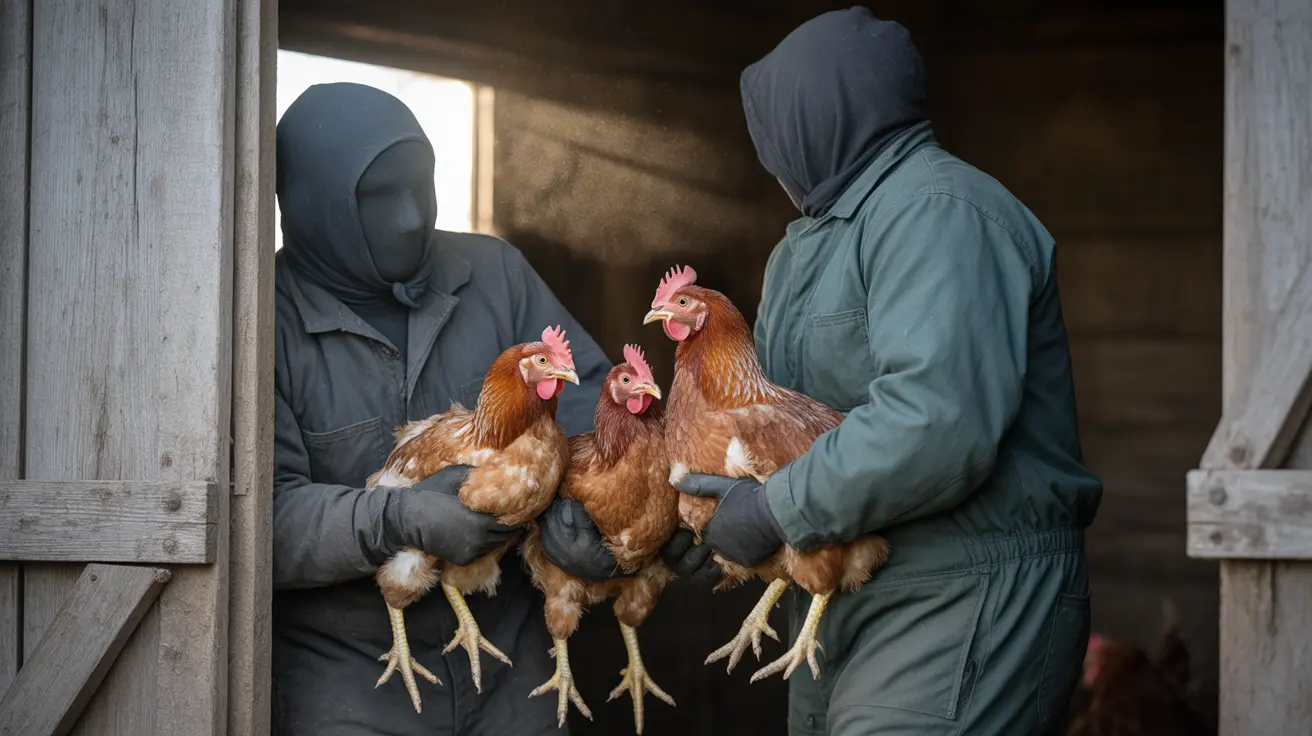Should You Keep the Heating On at Night for Your Dog?
As temperatures dip during the colder months, pet owners often wonder:
Do dogs need heating on at night? The answer depends on several factors including your dog's age, breed, health condition, and living environment. Understanding these elements can help ensure your pet stays warm, safe, and comfortable throughout the night.
Dogs and Their Natural Temperature Regulation
Dogs are generally capable of regulating their body temperature well under normal indoor circumstances. Their fur provides insulation, and many breeds are naturally equipped to handle lower temperatures. However,
certain conditions can affect this ability.
When Dogs Might Need Heating at Night
While not all dogs require additional heating, some may benefit from a warmer sleeping environment. Here are the specific cases:
- Puppies: Young dogs haven’t developed the fat and thick coat needed to hold body heat.
- Senior Dogs: Older dogs may suffer from arthritis or poor circulation, making them more sensitive to cold temperatures.
- Small or Thin-Coated Breeds: Breeds like Chihuahuas, Greyhounds, or Whippets lose body heat more quickly due to their size or short hair.
- Dogs Recovering from Illness: Sick or recovering dogs may have weakened immune systems and lower temperature tolerance.
- Outdoor Dogs: Dogs that sleep in garages or kennels may need heating or proper insulation to avoid hypothermia.
Signs That Your Dog Is Cold at Night
It's important to watch for indicators that your dog might be too cold:
- Shivering or trembling
- Whining or restlessness
- Snuggling tightly into bedding
- Cold ears and paws
- Reluctance to leave their bed
If you notice any of these signs, consider adjusting your dog’s sleeping setup or room temperature.
Safe Heating Options for Dogs
If your dog does require extra warmth through the night, you can provide it in several safe ways:
- Heated Dog Beds: These beds warm at a safe, low voltage and are ideal for pets with arthritis or cold sensitivity.
- Blankets: Fleece or thermal blankets are an easy solution your dog can snuggle into.
- Warm Clothing: Dog sweaters or pajamas may help short-haired or toy breeds retain heat.
- Room Heaters: If you're leaving a heater on, ensure it’s pet-safe with automatic shut-off and no exposed elements.
- Microwave Heating Pads: Specially designed for pets, these provide several hours of gentle warmth.
Keep Your Dog Comfortable Without Overheating
Just as dogs can get cold, they can also overheat.
Monitor the temperature in the room, especially if your dog is already bundled up. Dogs with thick coats or those not used to the heat can suffer heat stress if overexposed.
Experts suggest keeping indoor temperatures between
68°F to 72°F (20–22°C) during the colder months. If you turn the central heating off at night, ensure your dog has access to warm bedding or a heated sleeping area.
Factors to Consider
Several key factors should influence your decision about nighttime heating:
- Indoor vs. Outdoor Living: Dogs sleeping outside need more protection and warmth than those indoors.
- Floor Surface: Cold tiles or wooden floors can draw heat away from your dog. Elevate their bedding from the floor when possible.
- Sleep Location: Drafty rooms, garages, or entryways are not ideal for pets overnight.
- Bedding Materials: Use bedding that retains heat, like memory foam or self-warming pads.
Tips for Keeping Your Dog Warm Without Central Heating
If you prefer not to leave the heating on all night, follow these practices to maintain warmth:
- Place your dog’s bed away from windows or drafty areas.
- Use insulating bedding, like raised beds or thermal mats.
- Dress your small or short-haired dog in a cozy sweater.
- Close doors to reduce heat loss and contain warmth.
- Provide an enclosed crate or dog tent to help trap body heat.
Conclusion: Know Your Dog’s Needs
Most household dogs will not need heating left on throughout the night, especially if the home is already at a comfortable temperature. However,
certain dogs may benefit or even require extra warmth to stay comfortable and healthy. Use your judgment and observe your pet’s behavior—comfort and safety should always be your priority.
Creating a warm and secure sleeping environment with appropriate bedding, coverings, and, when needed, heating solutions can ensure your dog rests peacefully through cold nights.





